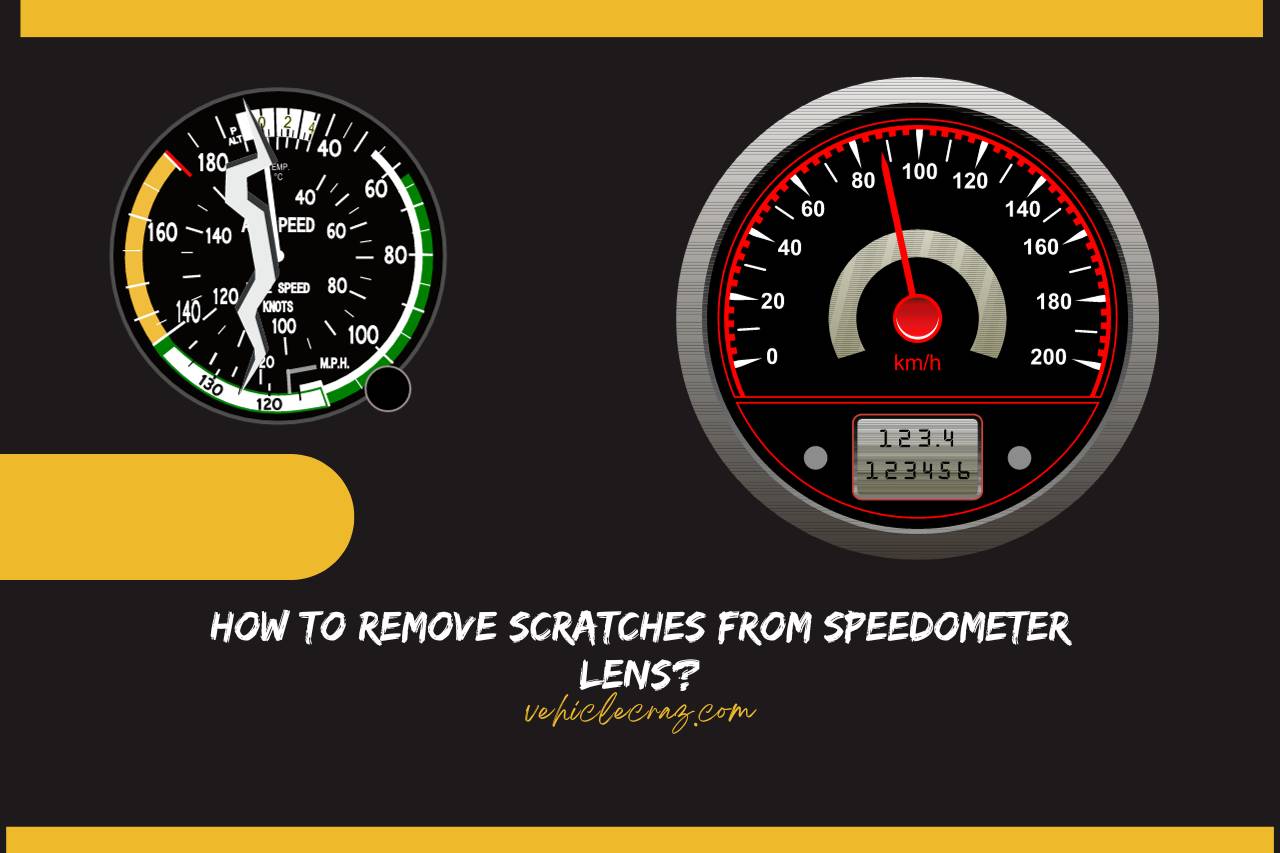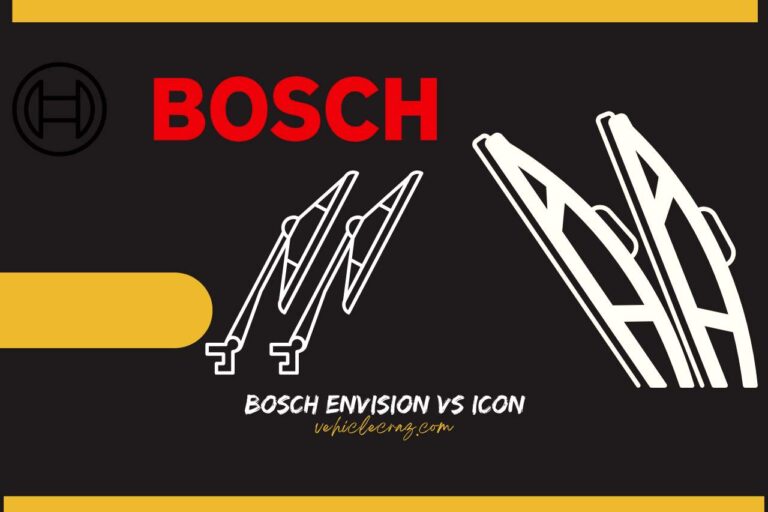7 Best Methods to Remove Scratches from Speedometer Lens
Scratches on your speedometer lens can be a bothersome eyesore. In this quick guide, we will discuss some easy steps and effective methods to restore your speedometer lens, ensuring a clear and pristine view while driving. Let’s see how to remove scratches from the speedometer lens.
How to Remove Scratches from Speedometer Lens – 7 Methods
There are several methods to consider for effectively removing scratches from a speedometer lens. Here we have listed some of the easiest.
Mild Abrasives
Begin with mild abrasives such as toothpaste or baking soda. Apply a small amount to the scratched area and gently rub in circular motions with a soft, damp cloth. This method helps to diminish shallow scratches without causing further damage.
Plastic Polish
Specifically designed for plastics, a quality plastic polish can be effective in removing and reducing the appearance of scratches on a speedometer lens. Apply the polish with a soft cloth and buff the scratched area, following the product instructions.
Clear Nail Polish
For superficial scratches, clear nail polish can be a quick fix. Apply a thin layer of clear nail polish over the scratched area, allow it to dry completely, and then buff away any excess polish.
Headlight Restoration Kit
Utilize a headlight restoration kit, which often includes abrasive pads and polishing compounds designed for plastic surfaces. Follow the kit instructions to sand and polish the scratched area, gradually reducing the appearance of scratches.
Professional Restoration Kits
Consider investing in professional-grade plastic restoration kits designed specifically for automotive surfaces. These kits often contain compounds and tools tailored to remove scratches and restore clarity to plastic lenses.
Microfiber Cloth and Toothpaste
A simple home remedy involves using a microfiber cloth and toothpaste. Apply a small amount of toothpaste to the scratched area, rub gently in circular motions, and wipe clean with a damp cloth.
Novus Plastic Polish Kit
The Novus Plastic Polish Kit is renowned for its effectiveness in removing scratches from plastic surfaces. It typically includes different formulations for scratch removal, polishing, and protection.
Note: Always test any method on a small, inconspicuous area first to ensure it doesn’t cause additional damage. Additionally, for deep or extensive scratches, professional intervention may be necessary to achieve optimal results.
What Causes Scratches on Speedometer Lenses?
Scratches on speedometer lenses stem from various factors. Some of them are listed below for your observation.
- Scratches often occur due to abrasive contact with objects, whether from routine handling or storage.
- Everyday exposure to road debris, weather conditions, and other environmental elements contributes to wear and tear on the speedometer lens.
- Accidental contact with keys or other objects in pockets or bags can lead to scratches during storage.
- The use of abrasive materials or harsh cleaning substances can contribute to lens damage, affecting optical clarity.
- The combination of these factors results in diminished visibility and the potential for interference with accurate speed readings.
How to Prevent Scratches on Speedometer Lenses?
Preventing scratches on speedometer lenses is all about good practices. Let us list you down a few.
- Use soft, microfiber cloths and non-abrasive cleaning solutions to gently wipe the speedometer lens. Avoid harsh materials that may cause scratches.
- Be cautious about items stored near the speedometer. Keys, pens, or other objects in pockets or bags can inadvertently cause scratches during contact.
- Consider using a protective covering or case for the speedometer when the vehicle is not in use to shield it from potential scratches.
- Store items like keys separately from the speedometer, reducing the risk of accidental scratches during storage.
- Implement routine checks and maintenance to identify and address any potential issues promptly, ensuring the speedometer lens remains in optimal condition.
- Handle the speedometer with care during cleaning and maintenance, avoiding unnecessary pressure or abrasive materials that could compromise the lens’s clarity.
Watch this one,
Video Credits – Sweet Project Cars
You May Also Like
- Does Speedometer Measure Average Speed? Exploring Speedometer!
- Can you Add a Digital Speedometer to a Car? (Step-by-Step)
- Which Fuse Controls the Speedometer? Start with the Fuse Box!
- How to Calibrate a Speedometer? From Novice to Pro!
- How to Tell If My Car Speedometer is Accurate? Tips to Test!
- Speedometer Not Working – Troubleshooting Your Car!
- Does ABS Sensor Affect Speedometer? Exploring the Connection!
- Why is My Speedometer Jumping? Solving the Mystery!
- Does Tire Size Affect Speedometer? Expert Insights!


I’m Alex, a seasoned mechanical teacher with over 20 years of hands-on experience in Australia. My passion for all things automotive has driven me to establish this blog, aiming to share my wealth of knowledge and expertise with fellow enthusiasts, DIYers, and anyone keen on understanding the mechanics behind the machines we rely on daily.







